The virtual reality business is booming. Some people feel like augmented and virtual reality are most useful when it comes to entertainment. However, this technology is capable of more than that.
How does virtual reality work? It’s actually surprisingly simple, and once many companies started realizing that, they ceased being intimidated. There are all kinds of applications, wearables, and industries in which AR and VR are making a noticeable impact. Let’s look at virtual reality in the business right now.
1. Retail
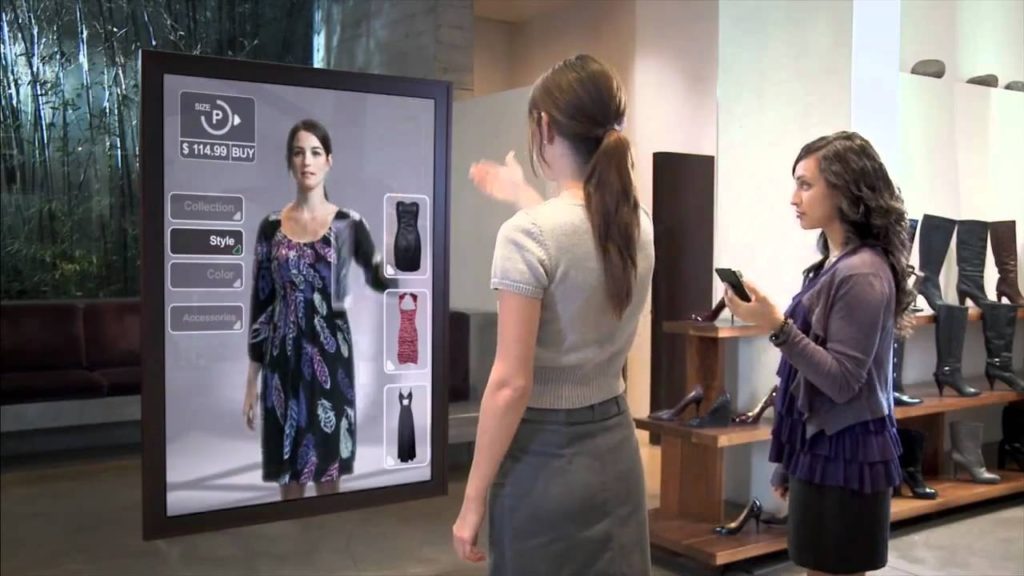
VR in business can certainly be seen when it comes to retail. That can be in the form of in-store or out-of-store experiences. The first means that customers will interact with AR within the store itself. For instance, a virtual fitting room could help customers decide on the size or color of the product they want.
An out-of-store app means that your customers won’t have to leave their homes to enjoy AR experiences. The benefits of augmented reality for those who prefer to shop from home cannot be overemphasized, according to this Softermii article. Here is a great example, how IKEA developed a VR-based shopping app that customers can easily check how one or another furniture looks before buying it.
2. Real Estate
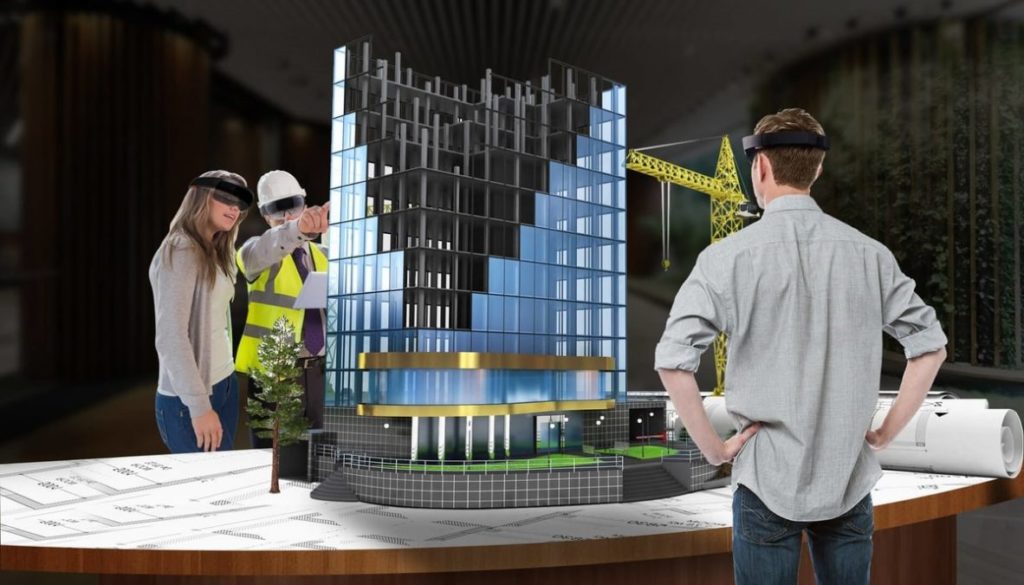
Virtual reality is one of the most promising PropTech trends for the real estate industry. This technology can help house and apartment shoppers filter through the homes they like, saving time for both realtors and themselves.
It’s an excellent tool for construction workers as well. AR brings the blueprints and images to life for clients to see how their prospective new home will look.
3. Interior Design & Landscaping
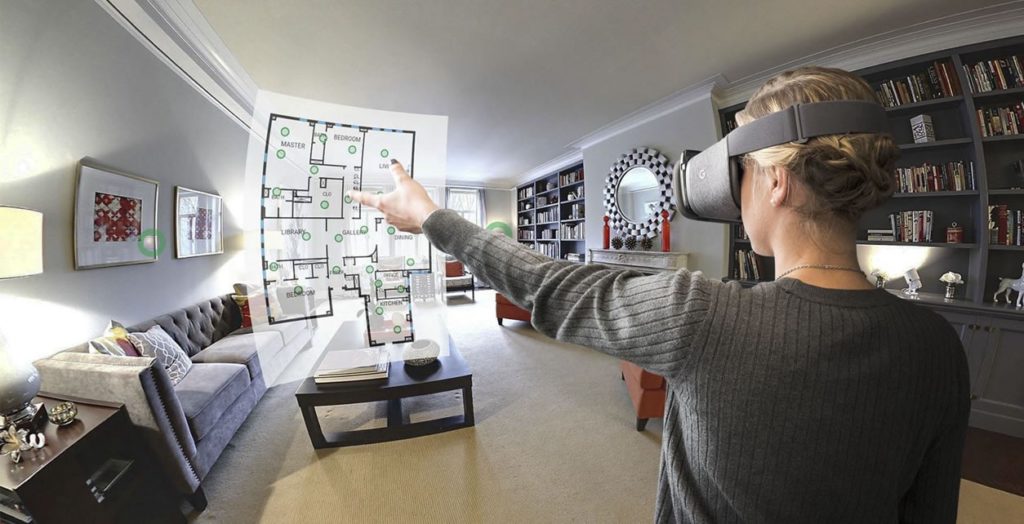
AR-empowered interior design applications can help users make the right decision about the size and style of new furniture. With VR, you can put virtual furniture into your apartment to see how it looks.
You can also place landscape features outside before you build anything there. You can take measurements with no tape measure required. You can even calculate the cost of your work automatically, so you’ll know if you’re within budget.
4. Healthcare

Virtual reality use cases in healthcare are becoming more common. This technology can help patients better identify and describe their symptoms to doctors. Augmented reality environments can also assist doctors who specialize in complex surgeries. Head-mounted displays can show things like vital signs and the steps the doctor must take in real-time.
5. Tourism and Maps
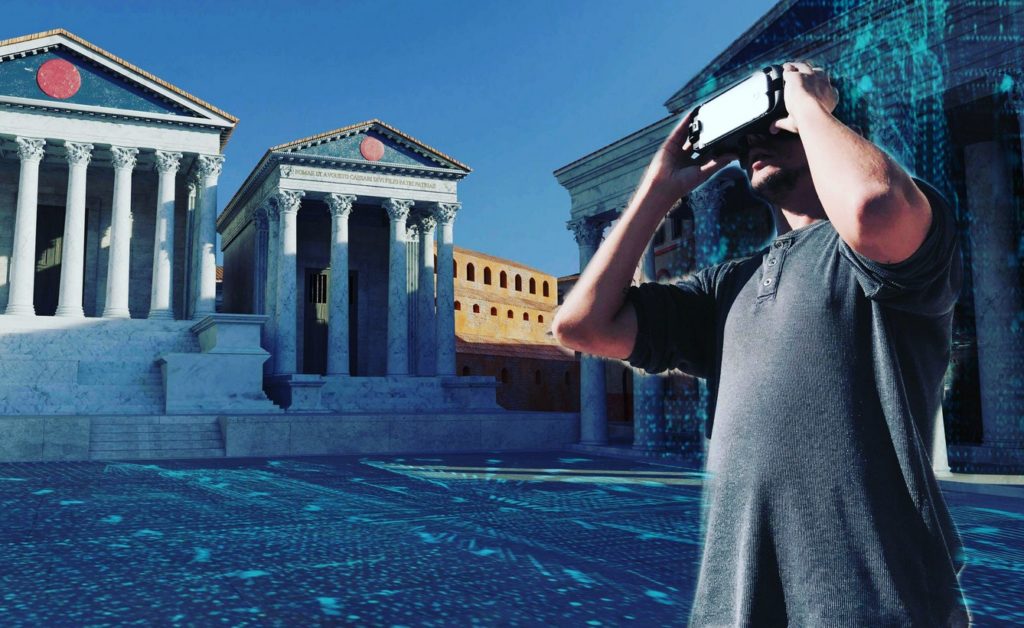
Virtual reality companies that can harness tourist dollars are poised to cash in over the next few years. Many AR tourism apps are in the works. Museums can allow you to see more in-depth information about the exhibits by using your phone to interact with them. For instance, you could hold the device over a skeleton to see how the creature once looked.
The maps you’re using, combined with an AR guide, will soon be used to give you a thrilling experience as you explore any city. Google is one of the first companies to begin experimenting with this idea.
6. Virtual Reality in Education and Professional Training
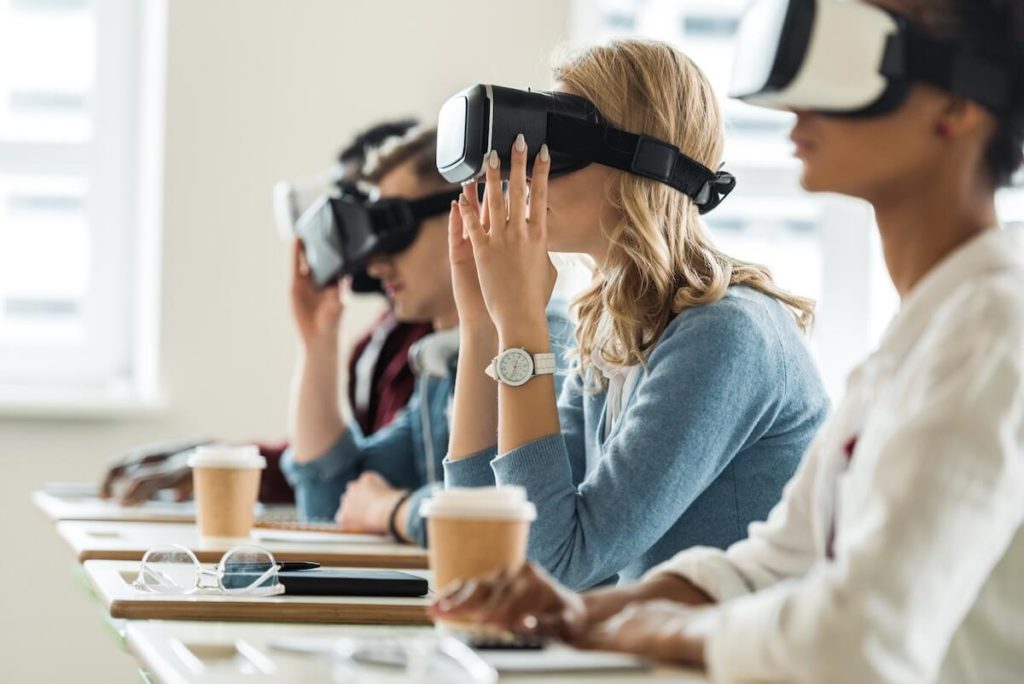
Bringing AR technology into a classroom can make education more engaging. By downloading and accessing apps on their phones, students will be able to get more detailed information or step-by-step instructions. This will lead to a better understanding of the subjects being taught.
7. Games, Sports, and Entertainment
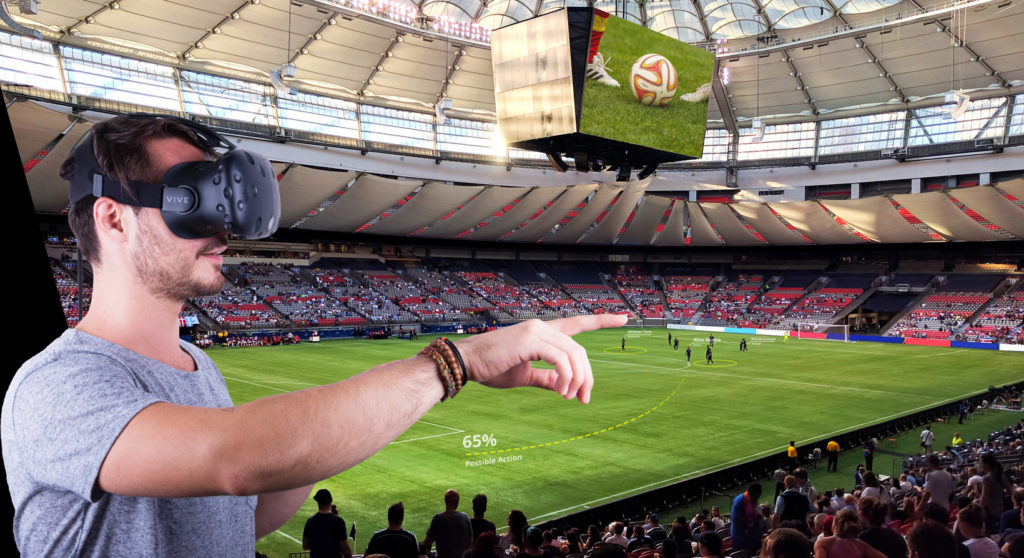
Virtual reality news does seem to be about leisure more than almost any other niche. Business opportunities in AR and VR are present with companies that can monetize VR games by selling them. AR and VR escape rooms show promise, as they have become popular recently. VR experiences realized within one physical space may prove enjoyable for customers if a clever marketing strategy accompanies them.
VR has also started appearing in sports segments. A 360-degree video approach and VR capabilities can add a new element to live broadcasts of concerts, sports events, and other happenings. This tech provides exciting, immersive opportunities for aficionados. It will be as though they are attending the events in-person.
8. Virtual Conferences with VR
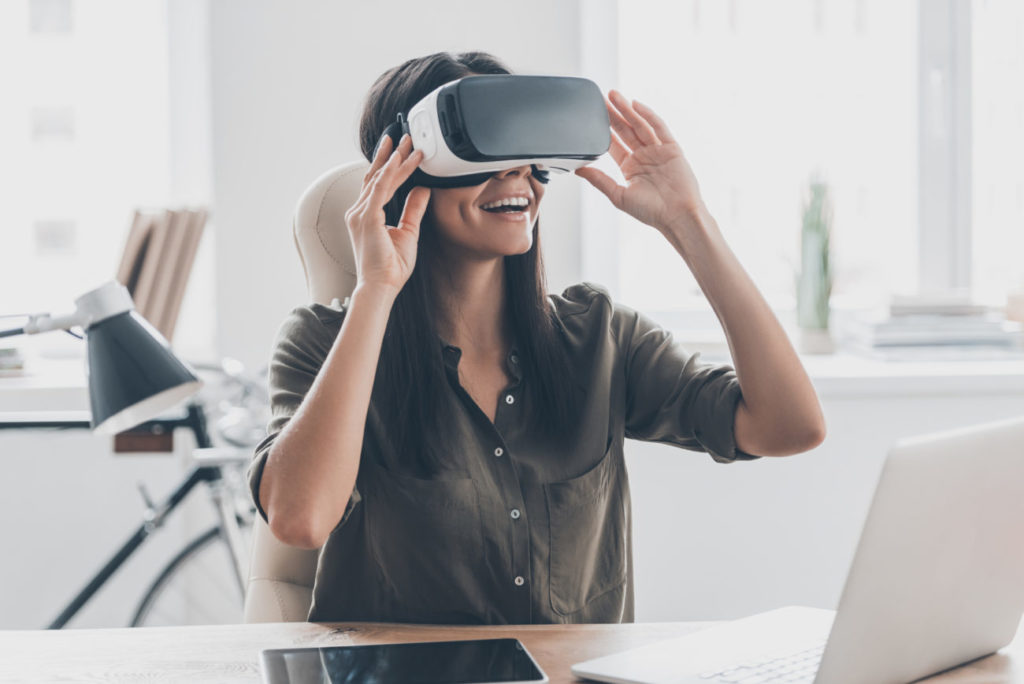
Today it is challenging to gather all the participants and have meetings for teams or partners spread across the globe. Inefficient meetings often lead to misunderstandings and a lack of communication, which can hurt a business’s net income. With VR, meetings and conferences will be more interactive and fun.
9. Visualization
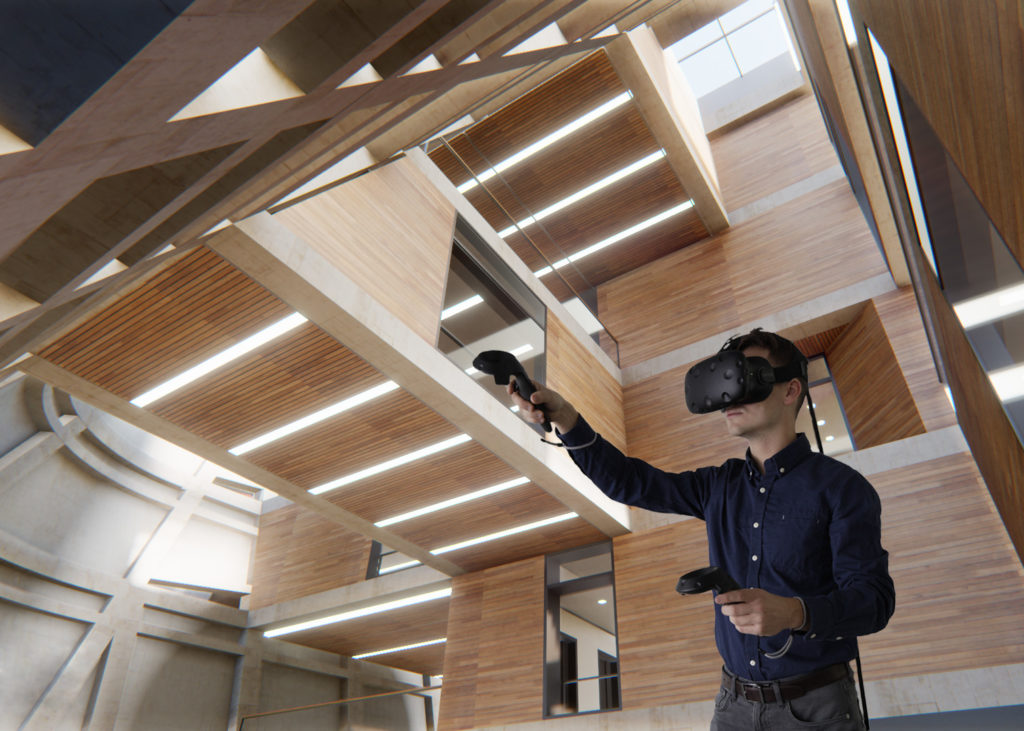
VR should prove useful to engineers, architects, and other professionals. They will be able to clearly visualize the structures they are designing, saving time and money. Smaller models and 2-D renders will be things of the past. Businesses will be able to achieve massive growth through virtual reality by using immersive 3-D technology for structural design.
10. Prototyping and Design
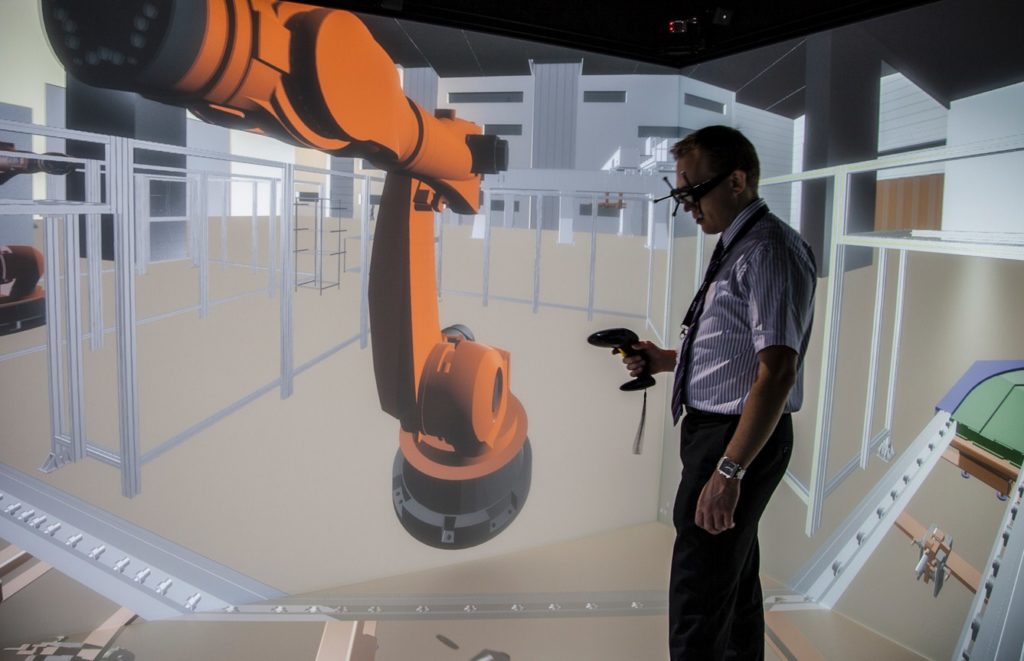
In manufacturing and production-driven businesses, VR lets every characteristic of a process, part, or mechanism be tested and simulated. Performance or reliability can be checked and examined, even under adverse conditions. It will be cost-effective, quick, and safe. There will be up-front platforming and tooling costs, but they will be well worth it.
Millions can be saved by stopping the build of full-scale working prototypes through the advent of virtual reality applications. Ideas can be explored for a fraction of the price. Today, this concept is being used in aircraft design, with Boeing and Airbus trying out simulated digital spaces to create and test new models and features.
Moreover, augmented reality can improve design speeds. It can also reduce the time it takes for a product to get to market because a physical prototype will no longer be required.
To sum up all the benefits of this technology, VR is not about replacing humans with machines. Instead, it will provide a new way to enhance how the two work together.
Now that you know about AR and VR, consider whether to start using it in conjunction with your business. There are few companies that won’t see significant benefits from this tech as it expands and diversifies even further in the years to come.





